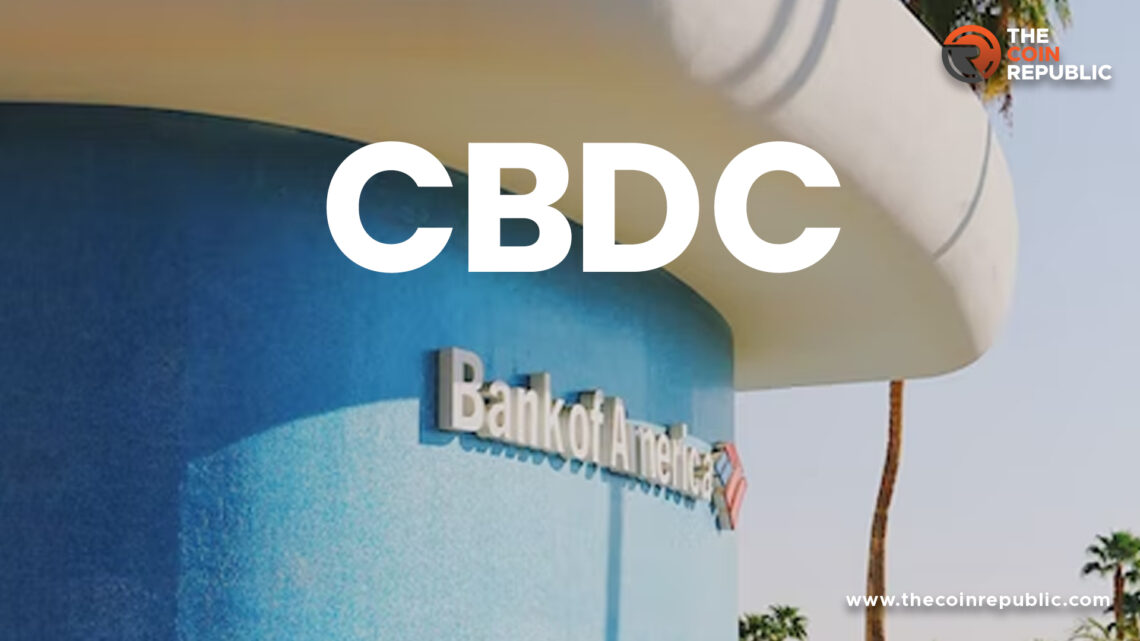- Bank of America wants the central banks in developed countries to concentrate on payment productivity.
- The profits and losses associated with CBDCs rely on the design and issuance.
The statement of Bank of America
On January 17, a research report was issued in which Bank of America stated that “Digital currencies like Central Bank Digital Currencies along with stablecoins are the pure evolution of money and payments.
It further added, “CBDCs doesn’t transform what the money exactly wants to state, but will possibly transform the way and the time fund is transferred in the coming 15 years,” experts led by Alkesh Shah says, also said that Central Bank Digital Currencies have the capability to transform the global financial system and might be the most important technological growth in the history of money.”
Basically, CBDCs utilize blockchain technology to enhance efficiency and reduce prices. And what makes it different from well-established currencies is that supporters expect it can use fresh payment technology, basically a blockchain, to capably enhance payment efficiency and reduce costs.
Whereas, a stablecoin is a type of crypto whose value is pegged to any other asset, like the dollar of the United States or gold. Stablecoins tries to handle price turbulence by binding the worth of crypto to other much more stable assets, generally fiat currencies. Fiat is the government-issued currency we all are habituated to using daily, like dollars and euros.
Generally, the body behind a stablecoin will establish a “reserve” where it firmly keeps the asset or basket of assets supporting the stablecoin. For instance, $1 million in a traditional bank to back up over a million units of a stablecoin
The profits and losses associated with CBDCs rely on the design and issuance, but Bank of America wants the central banks in developed countries to concentrate on payment productivity and those in developing countries to concentrate on economical incorporation.
However, CBDCs come with risks associated with them. They may push competition with bank deposits and could be in front of the losses of monetary sovereignty and inequality among countries all over the world, as per the note.
CBDC issuance may not occur for the past ten years in some nations, but central banks are anticipated to “acquire technological growths or risk unimportant for a longer period of time,” as per the note.
As per the Bank of America, it anticipates central banks and governments will push digital-asset alteration along with input from the private sector.

With a background in journalism, Ritika Sharma has worked with many reputed media firms focusing on general news such as politics and crime. She joined The Coin Republic as a reporter for crypto, and found a great passion for cryptocurrency, Web3, NFTs and other digital assets. She spends a lot of time researching and delving deeper into these concepts around the clock, and is a strong advocate for women in STEM.


 Home
Home News
News










